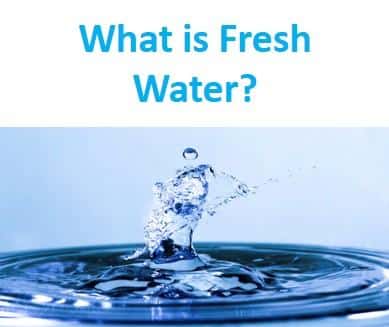Filtration is a process that uses a medium called a filter to separate solid particles from liquids or gases. Air filters, water filters, oil filters, and quarium filters are examples of the filtration processes.

A filter is a membrane that separates suspended solids from liquids by passing them through its pores. In simple terms, the process of filtration separates suspended solids from liquids.
Table of Contents
Filtration Methods/Types
- Vacuum Filtration: In vacuum filtration, a vacuum pump is used to rapidly draw the fluid through a filter.
- Centrifugal Filtration: This kind of filtration is done by rotating the substance to be filtered at a very high speed.
- Cold Filtration: Cold filtration employs extremely low temperatures, frequently via an ice bath. Some substances, such as fatty acid particles, become suspended in the mixture as it cools, making it easier to filter them out.
- Hot Filtration: The crystalline compound is filtered by melting it, removing impurities while it is still liquid, and then recrystallizing the now pure substance.
- Gravity Filtration: In this type of filtration, the mixture is poured from a higher point to a lower point. Simple filtration, in which the insoluble solid particles are captured by the filter paper and the liquid flows right through due to gravity’s pull, is commonly used.
- Mechanical Filtration: This process involves forcing fluid through a filter element to remove or separate suspended solids from the fluid. The force is generated by a pump or line pressure. Cartridge filters, bag filters, porous sintered metal elements, filter pads, and filter cloth are the most common mechanical filtration filter elements.
Filtration vs. Sieving
A sieve is a device that uses a screen or mesh to separate materials based on size. Sieves are also referred to as sifts or strainers. Filtration and sieving operate on the same principle, but a sieve has only one layer of “holes.” Kitchen strainers and flour sifters are two examples of sieves. Some people consider sieves to be surface filters, while others consider them to be distinct separation methods.
Applications of Filtration
- Filtration of aerosol particles using non-woven fibrous media is a common practice for air cleaning.
- Deep-bed filters are more than a century old and are widely used in water and wastewater treatment applications.
- Laboratories use filtration to make sure their solutions are as pure as possible.
Summary
- The filtration process is defined as the process that uses a medium called a filter to separate solid particles from liquids or gases.
- A filter is a membrane that separates suspended solids from liquids by passing them through its pores.
More Links
Convection| Atmospheric Motions in the Vertical Direction
Combustion Reactions| Introduction, Reaction, & Facts
What is a Volatile Substance?
Distillation| Principles, and Processes
Passive Transport Definition
Difference between Active and Passive Transport?
Is Carbon Dioxide a Pure Substance?
- BCl3 Lewis Structure in four simple steps - November 1, 2023
- PH3 Lewis Structure in four simple steps - October 8, 2023
- PF3 Lewis structure in four simple steps - September 24, 2023



